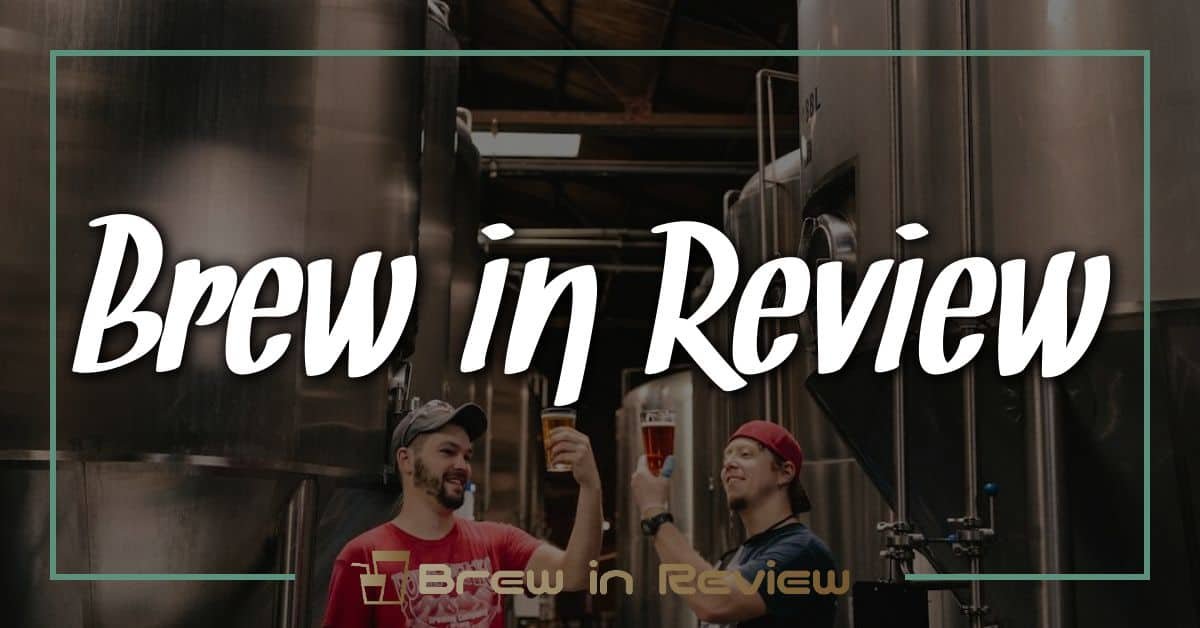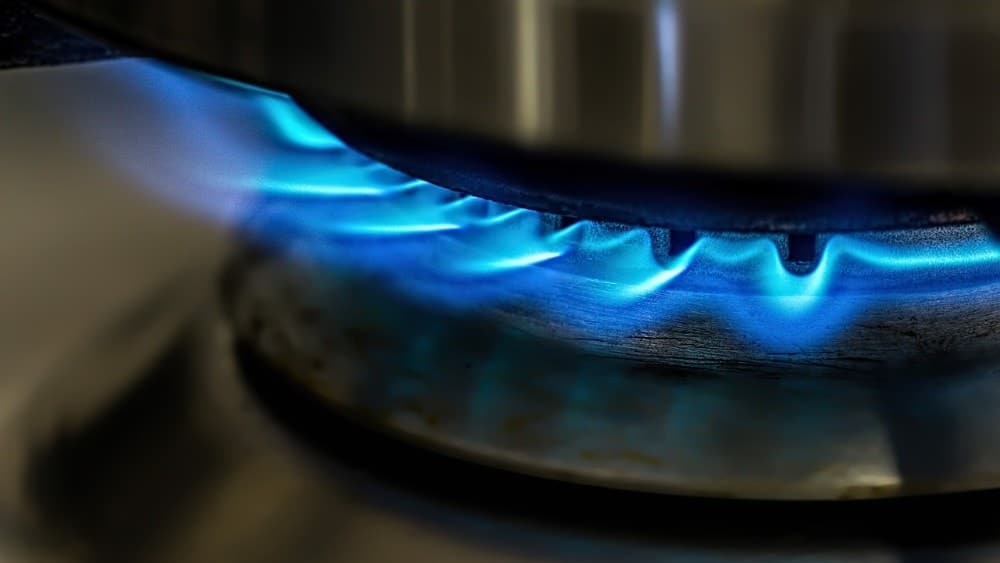Brewing at low temperatures might sound unconventional, but it opens up a world of flavors and aromas that traditional methods often miss. I’ve always been fascinated by how temperature can dramatically alter the taste of my favorite beverages. By embracing low-temperature brewing techniques, I’ve discovered a new dimension to my brewing adventures.
Overview of Low-Temperature Brewing Techniques
Low-temperature brewing techniques focus on extracting unique flavors and aromas from ingredients. Utilizing lower temperatures, typically between 45°F and 65°F, provides a new brewing dimension. This method enhances delicate notes in hops, malts, and yeasts, which often get overshadowed in traditional brewing.
I love exploring various low-temperature techniques. Here are some popular methods:
- Cold Brewing: Cold brewing steep conditions for 12 to 24 hours produces smooth, less acidic coffee beverages. This method captures subtle flavors while minimizing bitterness.
- Lagering: This technique involves fermenting at lower temperatures, often around 50°F, for a longer duration. Lagering grants clean, crisp flavors, making it ideal for styles like Pilsners and Märzen.
- Kettle Souring: By holding wort at lower temperatures with specific bacteria for several hours, I create tart, refreshing beers. This method allows for experimentation with different souring strains, leading to complex profiles.
- Dunkel Weizen: This low-temperature ale combines malt and yeast flavors. Fermenting at roughly 60°F produces a beer with rich banana and clove notes while maintaining a smooth finish.
By embracing these techniques, I unlock flavors often missed in higher-temperature brews. Each method allows the nuances of ingredients to shine, inviting enthusiasts to experience the breadth of brewing possibilities.

Benefits of Low-Temperature Brewing
Low-temperature brewing offers several advantages for both home brewers and seasoned professionals. I’ve discovered that these techniques not only enhance flavors but also create distinct brew profiles that elevate the overall drinking experience.
Enhanced Flavor Profiles
Low-temperature brewing methods extract a variety of nuanced flavors from ingredients. I often notice that delicate floral and fruity notes, which can get lost at higher temperatures, shine through beautifully at cooler settings. For instance, in cold brew coffee, the result is smoothness and sweetness from the beans without the harsh acidity. In beer, using lower fermentation temperatures allows esters and phenols from yeast to develop fully, providing a remarkable depth of flavor. Brewing a Dunkel Weizen highlights the banana and clove notes, giving drinkers a unique tasting experience they won’t forget.
Reduced Bitterness
Brewing at lower temperatures significantly reduces bitterness. High temperatures often lead to over-extraction of tannins and acids, resulting in harsher brews. By using low-temperature techniques, flavors remain balanced and pleasant. For example, lagering imparts a crisp, clean profile without the biting bitterness typical of some ales. This technique helps create beers that appeal to a broader audience, making them accessible to those who may shy away from overly bitter styles. Enjoying a cold lager on a warm day showcases how low temperatures can create a refreshing drink that’s delightfully enjoyable.
Popular Low-Temperature Brewing Methods
Low-temperature brewing methods reveal a world of flavors and aromas that might go unnoticed in traditional brewing. Here, I’ll break down two popular techniques that every aspiring brewer should explore.
Cold Brewing
Cold brewing primarily applies to coffee but translates beautifully to brewing beer. In this process, I steep coarsely ground coffee in cold water for 12 to 24 hours. The result is a smooth beverage with reduced acidity. For an aromatic twist, I suggest experimenting with various coffee bean origins. Different beans can introduce delightful flavor profiles, such as fruity or nutty notes. The key lies in the long steeping time that extracts the essence of the coffee without the bitterness from hot brewing.
Cold Drip Brewing
Cold drip brewing emphasizes precision and patience. This method uses a drip tower to steadily add cold water to coffee grounds over several hours. I enjoy the control offered by this approach, allowing me to adjust the drip rate for optimal extraction. The end product features a rich, concentrated brew, perfect for crafting cocktails or enjoying over ice. Variations can include adding spices or herbs during brewing, enhancing the complexity of the final drink.
These low-temperature brewing methods yield unique and enjoyable beverages that cater to anyone looking to expand their brewing repertoire.
Equipment Needed for Low-Temperature Brewing
Low-temperature brewing requires specific equipment to achieve optimal results. Understanding the tools you’ll need makes the process smoother and more enjoyable.
Brew Vessels and Filters
- Brew kettles: Use stainless steel or glass brew kettles that can withstand lower temperatures. Choose sizes based on your batch volume, typically 5 to 10 gallons for home brewing.
- Fermentation vessels: Select fermenters that allow for temperature control, such as conical fermenters or glass carboys. A wide opening improves airflow and makes cleaning easier.
- Cold brew coffee makers: Include devices like the Immersion Cold Brew System for coffee brewing, which allows for steeping at low temperatures. These systems facilitate easy extraction without overheating the flavors.
- Filters: Employ fine mesh filters or coffee filters to separate grounds from liquids. These tools ensure clarity in your finished product, particularly vital for cold brews and sours.
Temperature Control Tools
- Thermometers: Use digital thermometers for accuracy in monitoring temperatures during the brewing process. Reliable readings ensure you stay within the desired temperature range of 45°F to 65°F.
- Temperature-controlled fermenters: Invest in fermenters with built-in temperature control systems. These systems can maintain consistent low temperatures throughout fermentation, resulting in cleaner and brighter flavors.
- Thermal wraps: Utilize thermal wraps for additional insulation during colder months. These tools maintain a stable environment for fermenters without external fluctuations.
- Cooling systems: Consider chilling options like immersion coils or glycol chilling systems to rapidly cool your beer post-boil. This retains delicate flavors and aromas that make low-temperature brewing shine.
With the right equipment at your disposal, low-temperature brewing becomes not only achievable but also rewarding. Embracing these tools allows me to explore flavor depths I previously overlooked, making the brewing experience even more exciting.
Tips for Successful Low-Temperature Brewing
- Choose the right ingredients. Opt for high-quality hops and malts that showcase delicate flavors. Varietals that highlight floral, fruity, and earthy notes shine at lower temperatures.
- Monitor your temperatures closely. Maintain target temperatures between 45°F and 65°F throughout the brewing process. A digital thermometer ensures accuracy and helps prevent thermal changes that can alter flavor profiles.
- Experiment with steeping times. For cold brewing and other low-temperature techniques, adjust steeping durations according to your taste preferences. A general rule: longer steep times yield stronger flavors, while shorter steeping results in more subtle notes.
- Utilize temperature control equipment. Invest in temperature-controlled fermenters and cooling systems to maintain stable conditions. This equipment allows for precise control over fermentation, enhancing the final product.
- Practice patience. Low-temperature brewing often requires longer maceration or fermentation periods. Allow ample time for flavors to develop fully rather than rushing the process.
- Explore diverse brewing methods. Don’t limit yourself to just one technique. Experiment with cold brewing, lagering, or kettle souring to discover unique flavor profiles.
- Incorporate diverse water profiles. Adjust your water chemistry using minerals and pH adjustments to enhance the flavors extracted during brewing. Specific water profiles can amplify certain flavor elements.
- Taste frequently during the brewing process. Conduct regular taste tests while brewing. This habit allows you to assess flavor development and make adjustments as necessary.
- Document your brewing process. Keep a brewing journal to track ingredients, temperatures, and steps taken. This record helps refine techniques and replicate successful brews in the future.
- Share your brews. Engage your community or fellow brewers by sharing your low-temperature creations. Gathering feedback leads to valuable insights and ideas for improvement.
Conclusion
Exploring low-temperature brewing has truly opened up a world of flavors for me. I’ve discovered how this method can transform even the simplest ingredients into something extraordinary. Each brew tells its own story with delicate notes that would otherwise go unnoticed.
I encourage you to give these techniques a try. Whether you’re brewing coffee or crafting beer there’s so much to learn and enjoy. Embrace the process and don’t be afraid to experiment. You’ll find that patience and creativity can lead to delightful surprises in every sip. Happy brewing!




